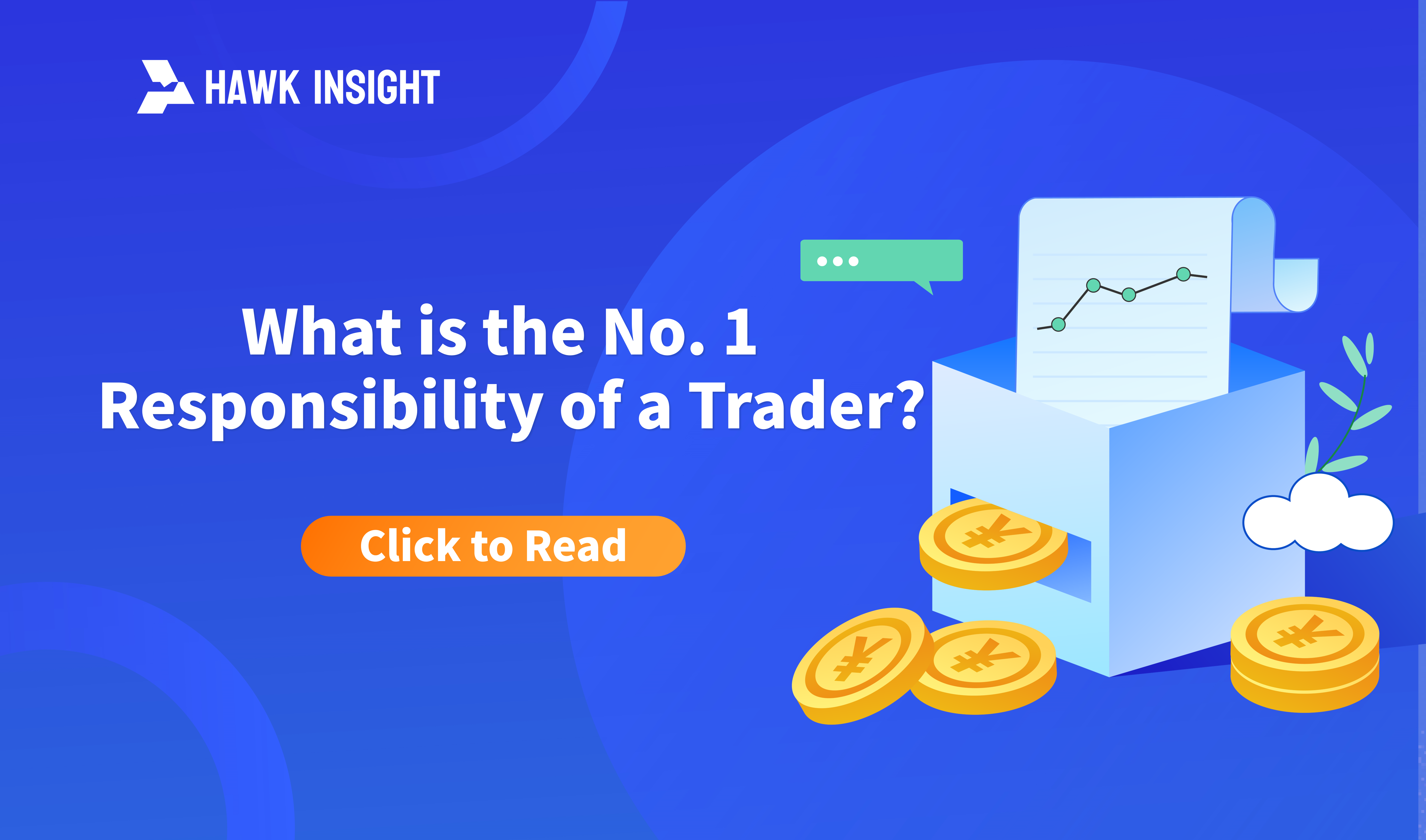What is the No. 1 Responsibility of a Trader?
Most of novice traders think that the major responsibility of a trader is to make money, but it’s not! Check this post to understand it exactly.

In the eyes of many beginners, the primary responsibility of a trader is to make a profit. However, the true responsibility is not to make money, but to protect one’s capital. The market is the main factor in determining profitability, and traders need to ensure they do not incur losses to ultimately achieve success.
1.Market Drives Profitability
When you buy a stock at $50 and its price rises to $55, you earn a profit. In reality, it is the market that drives the price increase, and you are merely waiting for the price to move without directly contributing to the price rise.
2.The Importance of Capital Protection
If the stock price drops from $50 to $49, and you close your position in time, you protect your capital. If the price then falls further to $40, your loss is limited to $1. This approach is the key to successful stock and forex trading. Protecting your capital is a more important responsibility than making money.
3.Setting Stop-Loss Points
It is crucial to use trading patterns to limit losses. You should not lose more than your entry reason allows. The entry reason is typically a pattern you identify on the trading chart. When the price deviates from this pattern, you should promptly set a stop-loss to prevent small losses from becoming large ones.
4.Avoiding Emotional Decisions
Many beginners ignore stop-losses due to emotional drives, attempting to avoid losses. This approach is inadvisable because small losses are part of the profitability process. If you cannot accept losses, your account may deplete quickly.
5.Adjusting Stop-Losses
When you add to your position while in profit, you should adjust your stop-loss point accordingly. Ensure that risk remains within the set range. If the entry reason disappears, it is unwise to continue holding the position.
In practice, if the trading price breaks the entry reason (i.e., the pattern identified on the trading chart), you should decisively set a stop-loss to avoid small losses turning into significant ones.
6.Risk Management
The maximum risk for each trade should have a clear limit and be strictly adhered to. If the entry reason no longer holds, you should immediately close your position to avoid larger losses.
Overall, successful traders understand the importance of capital protection and consistently adhere to strict risk management strategies during trading. As long as you do not exceed the set risk threshold, the path to success will be clearer.
Conclusion
For traders, protecting capital is the primary responsibility. Understanding and adhering to this principle will help you become a profitable trader. Setting reasonable stop-loss points and avoiding emotional decisions to prevent unnecessary losses are qualities that every successful trader must possess.
Disclaimer: The views in this article are from the original Creator and do not represent the views or position of Hawk Insight. The content of the article is for reference, communication and learning only, and does not constitute investment advice. If it involves copyright issues, please contact us for deletion.